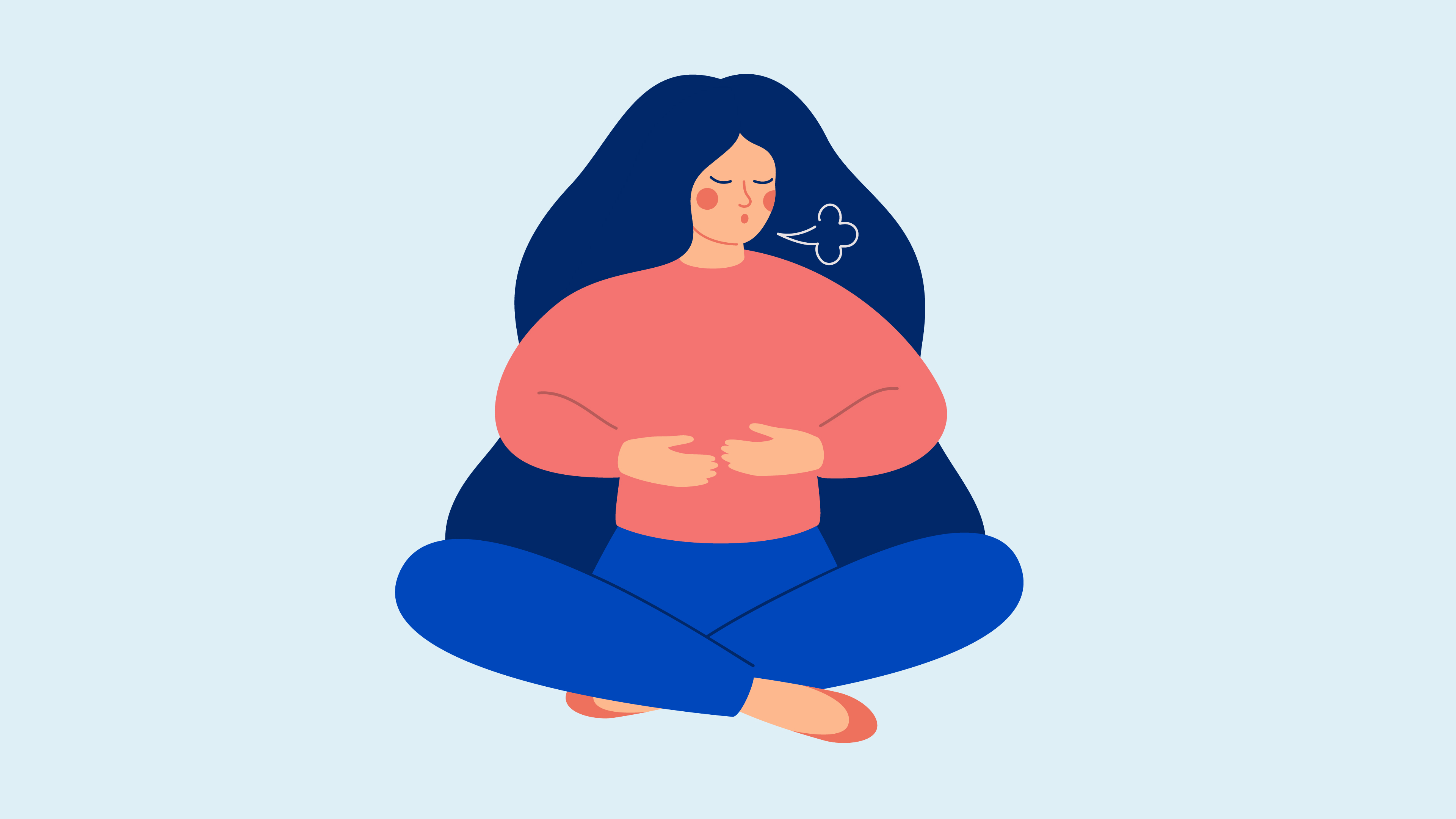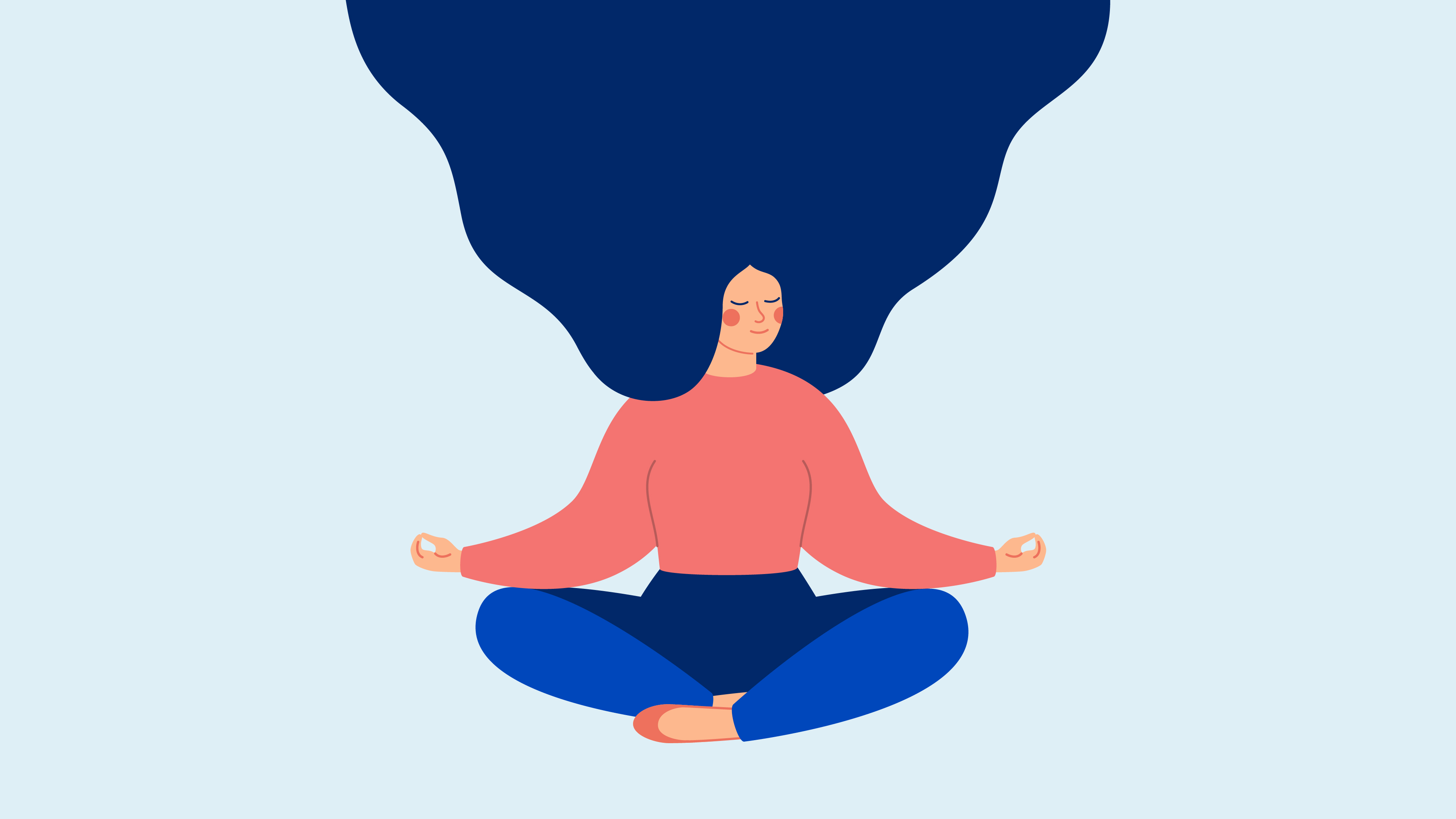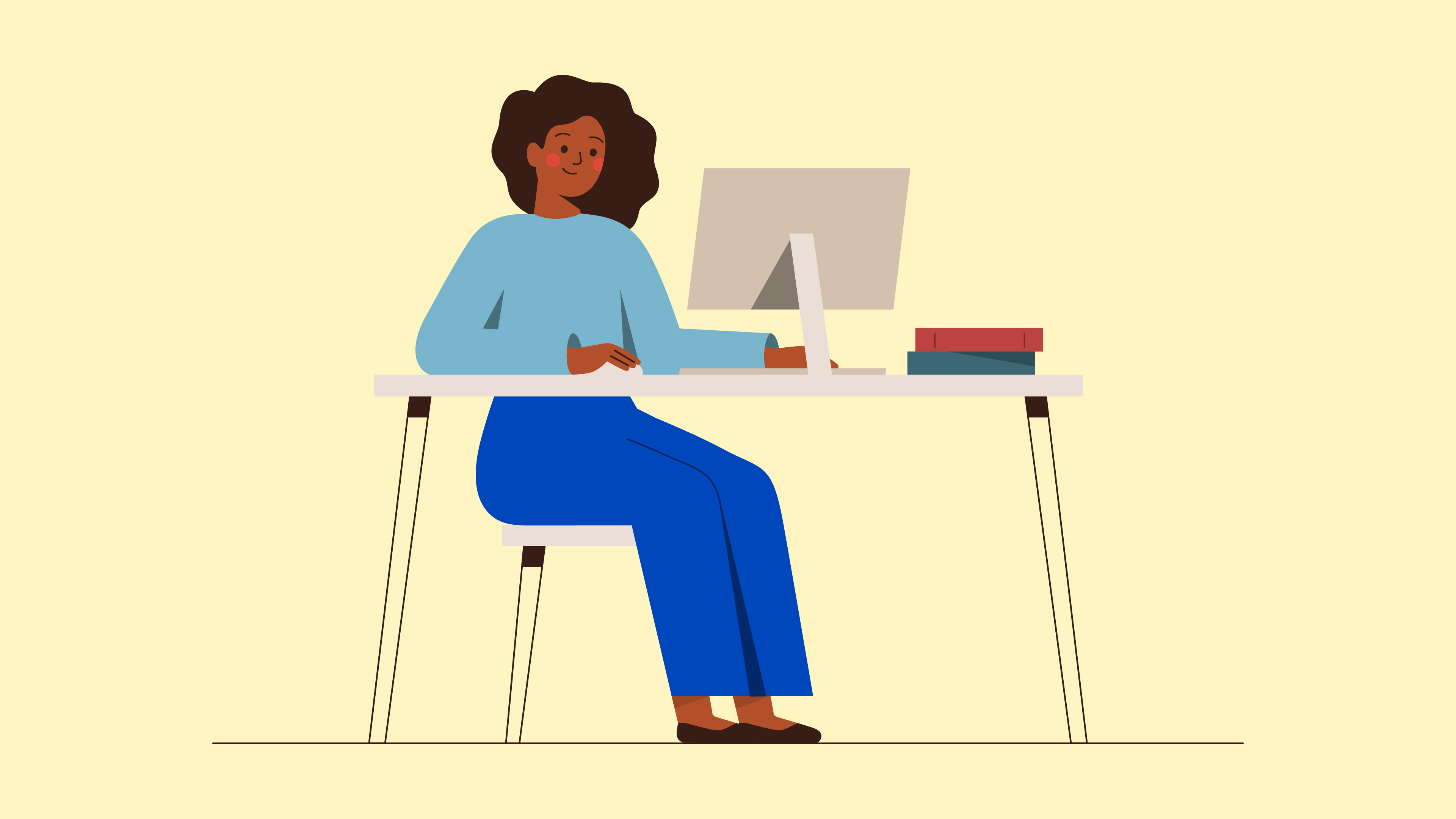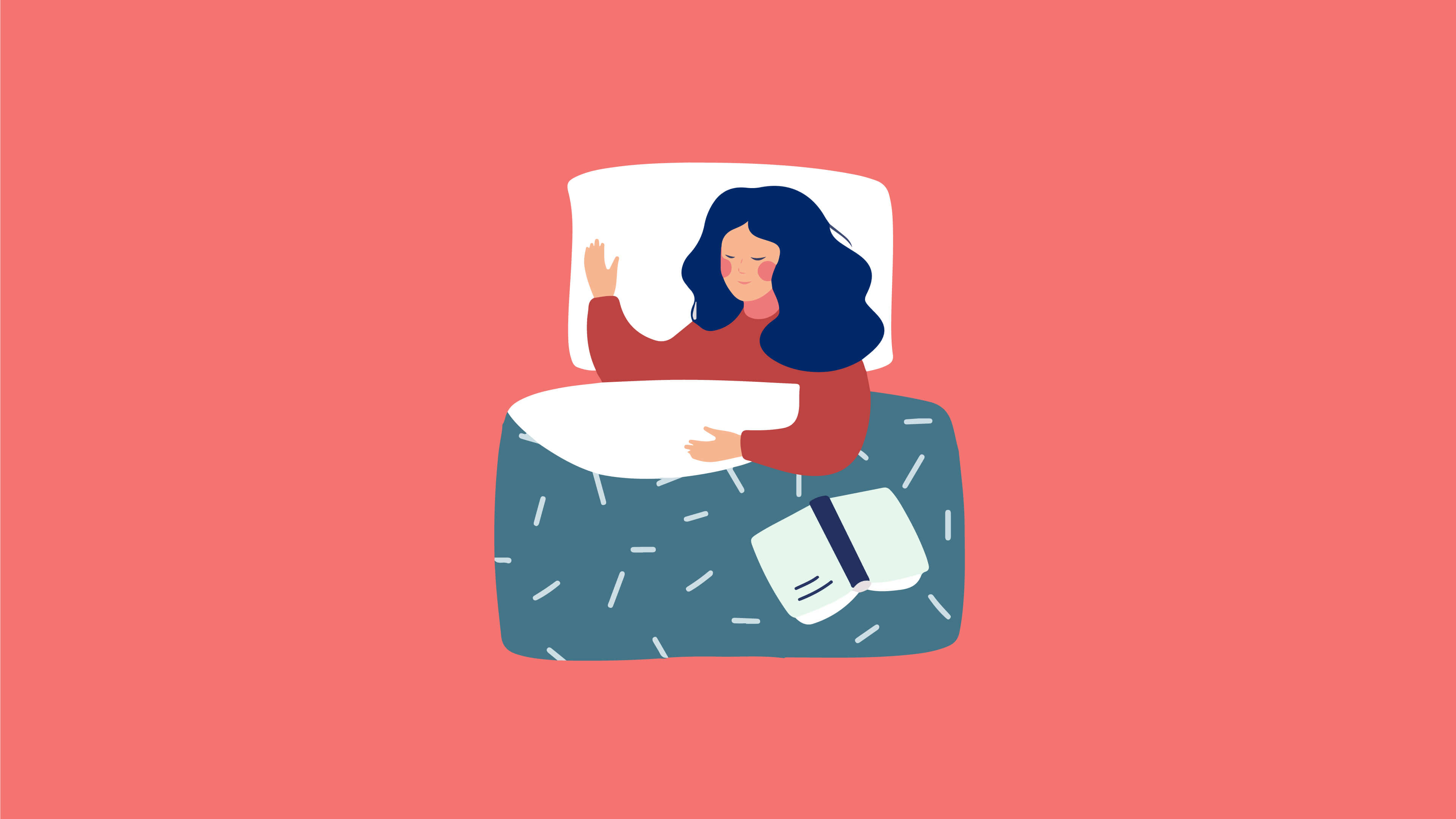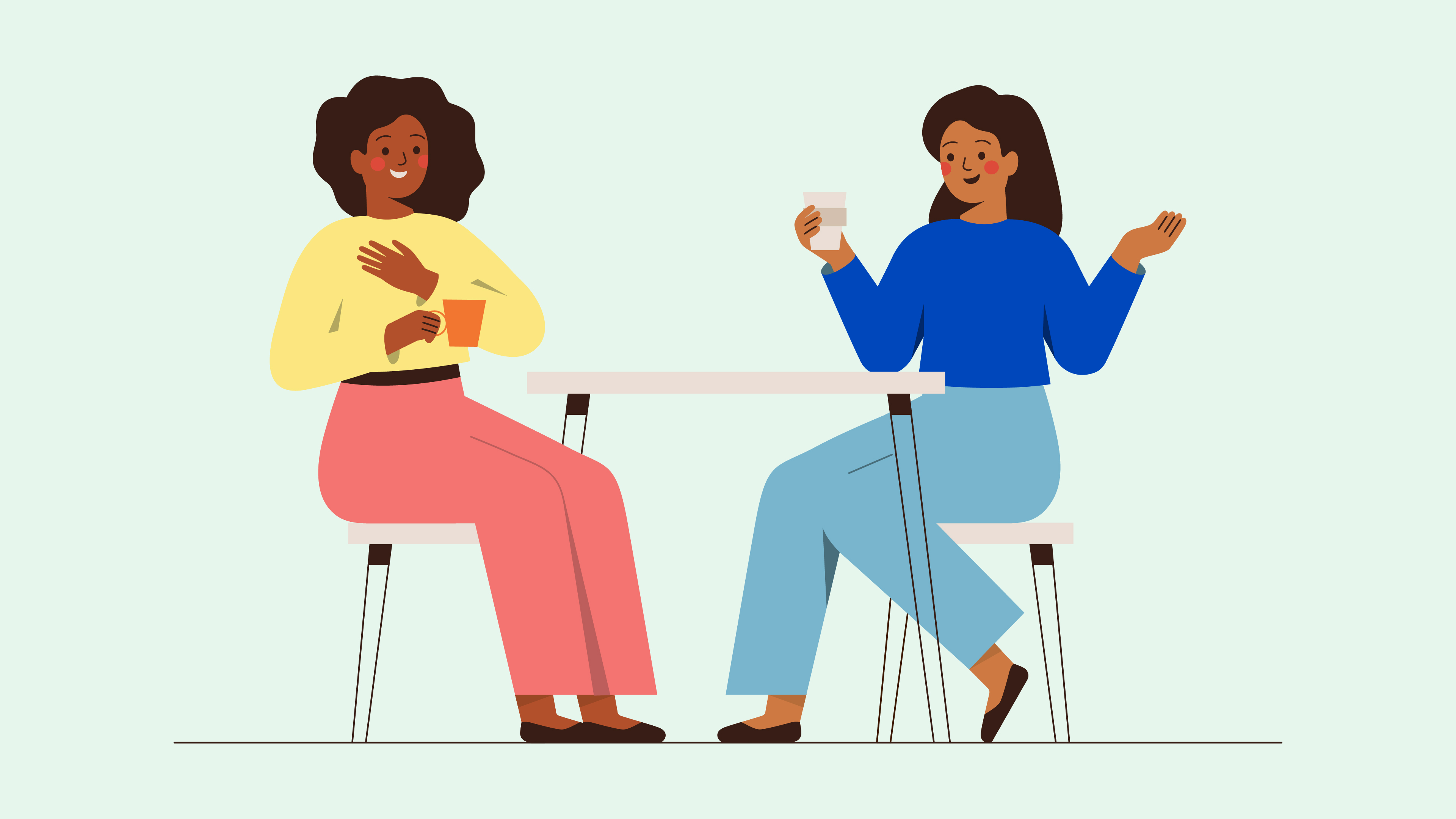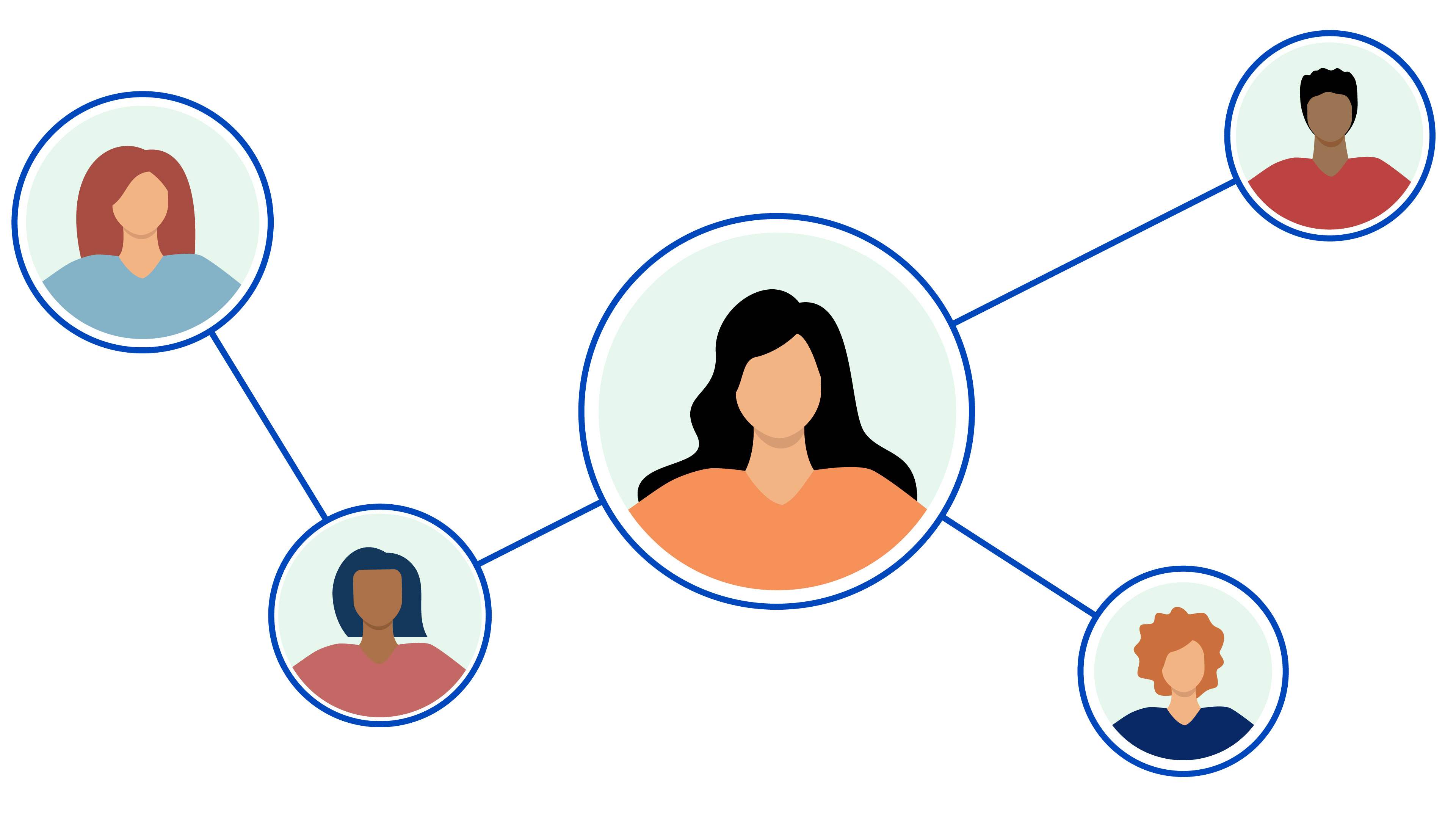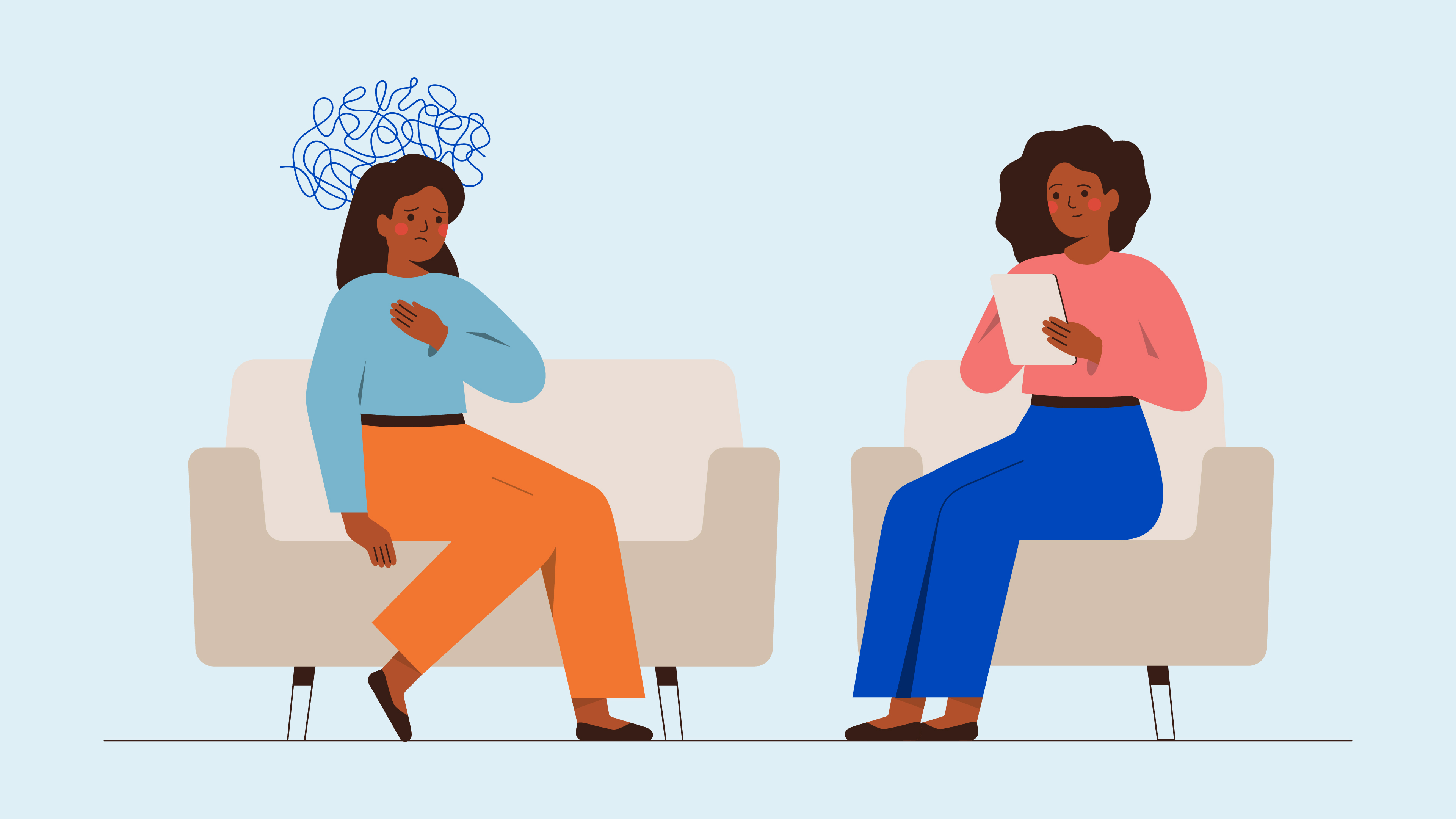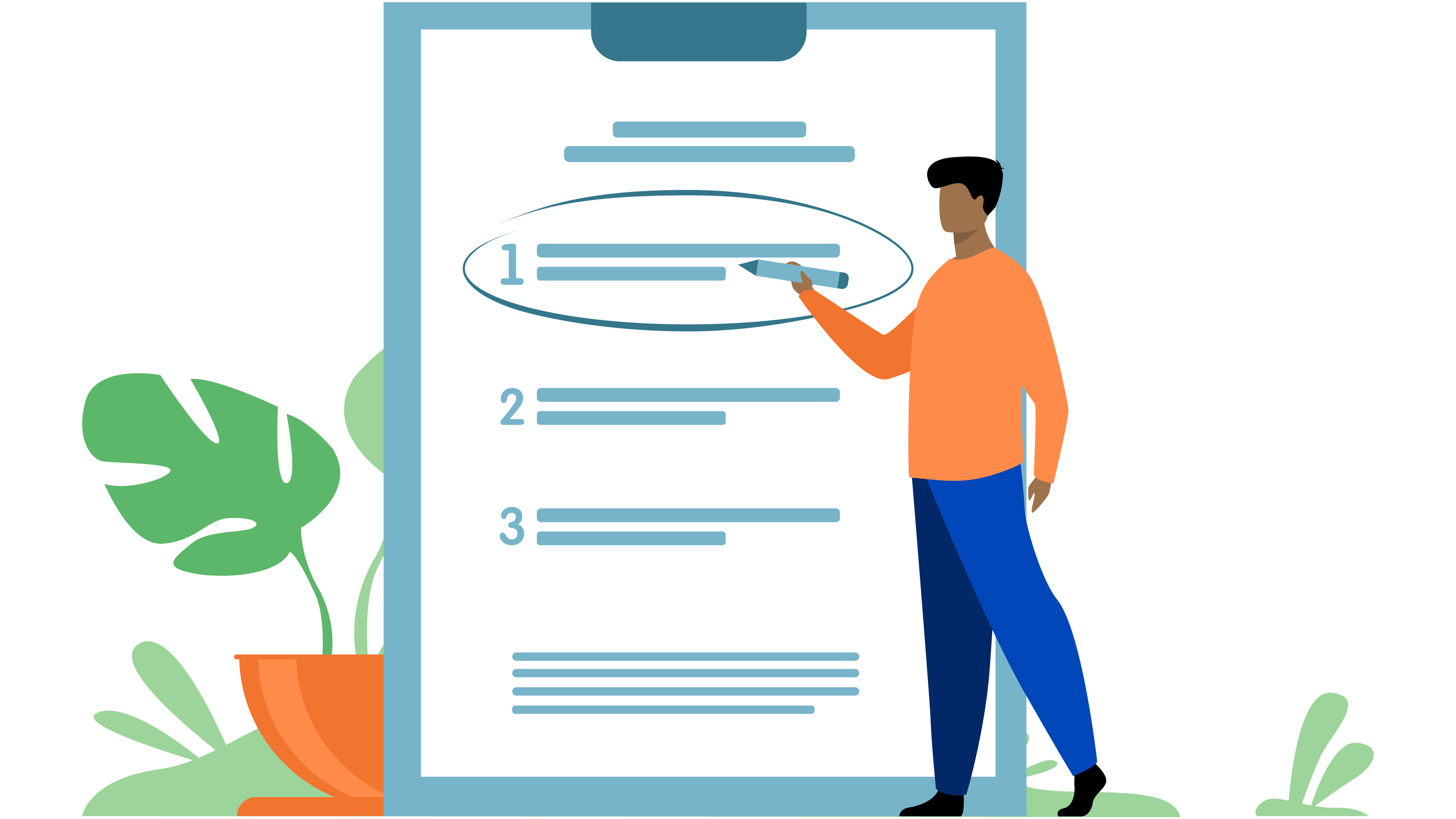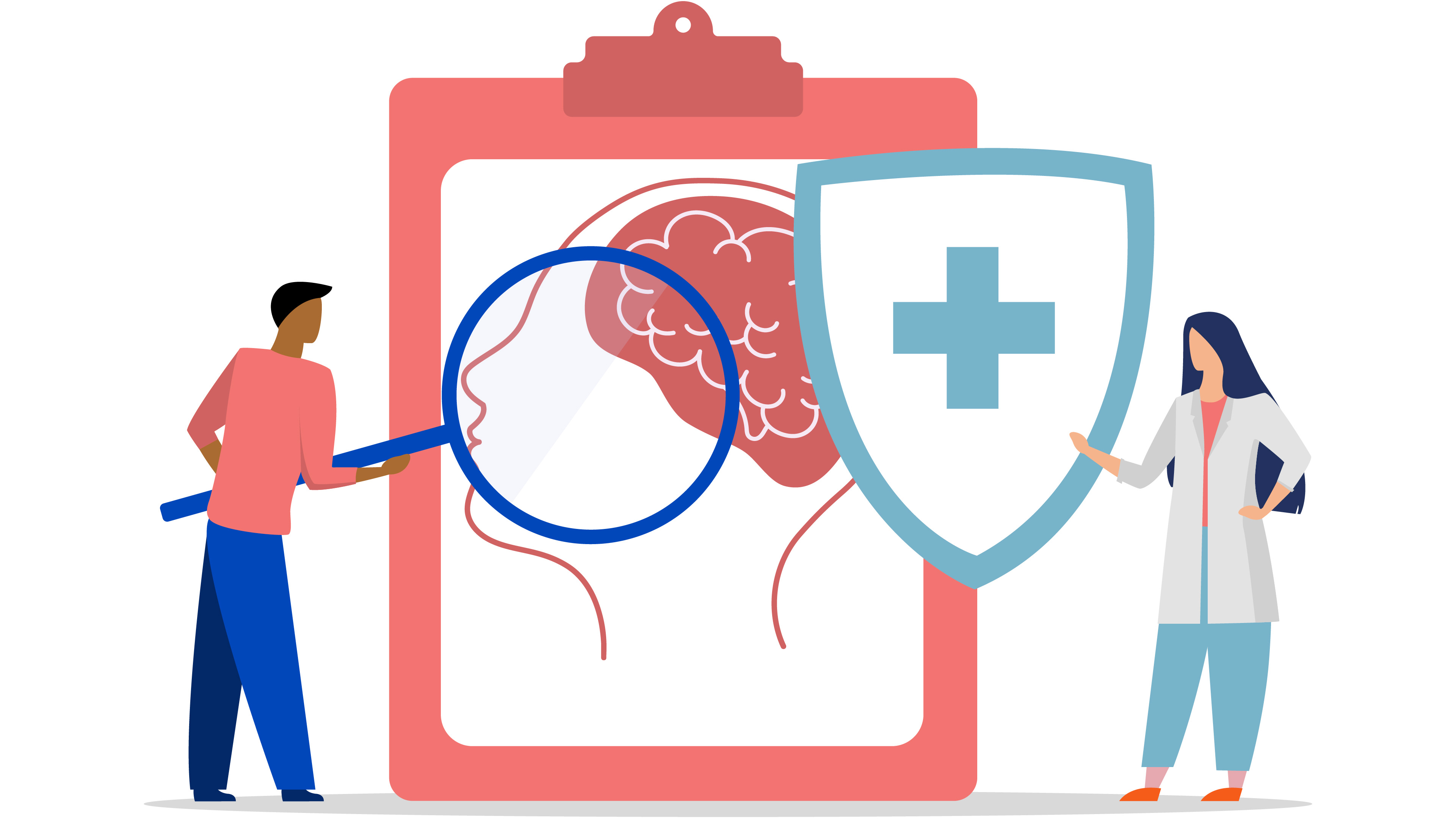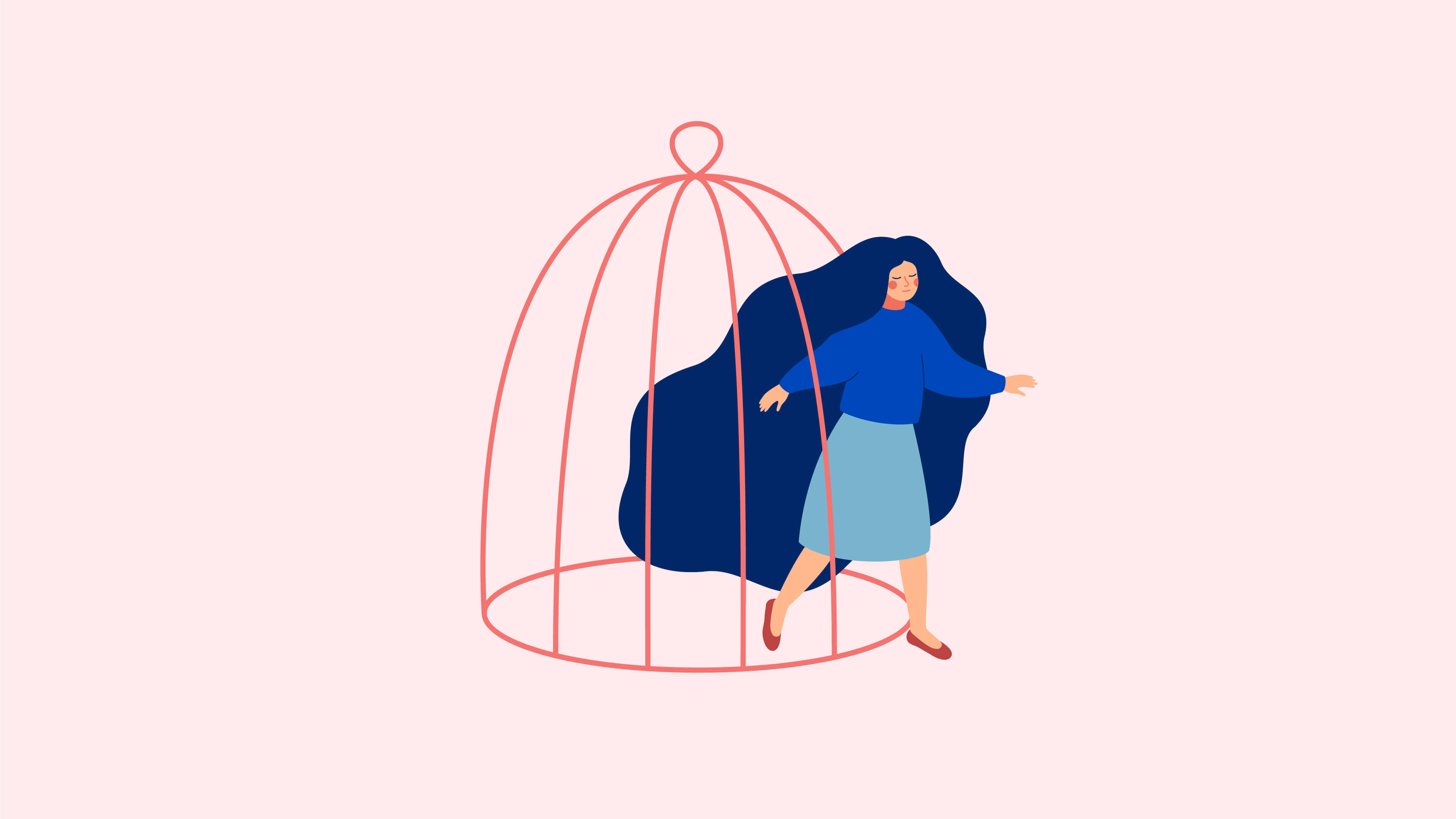Depression: what you can do in the workplace sources
- https://www.acas.org.uk/supporting-mental-health-workplace
- https://www.forbes.com/sites/aliceboyes/2020/10/15/how-to-support-a-colleague-or-employee-whos-depressed/?sh=2610826613e0
- https://www.cipd.co.uk/knowledge/culture/well-being/mental-health-factsheet
- https://www.verywellmind.com/tips-for-living-with-depression-1066834
- https://www.nhs.uk/mental-health/conditions/clinical-depression/living-with/
- https://www.cipd.co.uk/Images/mental-health-at-work-1_tcm18-10567.pdf
School leaders - do you make time to talk
- Esterling, B. A., L’Abate, L., Murray, E. J., & Pennebaker, J. W. (1999). Empirical foundations for writing in prevention and psychotherapy: Mental and physical health outcomes. Clinical Psychology Review, 19, 79–96.
- Frattaroli, J. (2006). Experimental disclosure and its moderators: a meta-analysis. Psychological bulletin, 132(6), 823.
- James, C., Drake, J. E., & Winner, E. (2018). Expression versus distraction: An investigation of contrasting emotion regulation strategies when drawing, writing, talking, and thinking.Empirical Studies of the Arts, 36(2), 162-179.
- Lyubomirsky, S., Sousa, L., & Dickerhoof, R. (2006). The costs and benefits of writing, talking, and thinking about life’s triumphs and defeats. Journal of Personality and Social Psychology, 90, 692–708.
- Pennebaker, J. W., & Graybeal, A. (2001). Patterns of natural language use: Disclosure, personality, and social integration. Current Directions in Psychological Science, 10, 90–93.
- Pennebaker, J. W., Mayne, T. J., & Francis, M. E. (1997). Linguistic predictors of adaptive bereavement. Journal of Personality and Social Psychology, 72, 863–871
- Singer, J. A. (2004). Narrative identity and meaning making across the adult lifespan: An introduction. Journal of Personality, 72, 437–459.
- Smyth, J. M., True, N., & Souto, J. (2001). Effects of writing about traumatic experiences: The necessity for narrative structuring. Journal of Social and Clinical Psychology, 20, 161–172.
- Swinkels, A., & Giuliano, T. A. (1995). The measurement and conceptualization of mood awareness: Monitoring and labeling one’s mood states. Personality and Social Psychology Bulletin, 21, 934–949.
- Tamir, D. I., & Mitchell, J. P. (2012). Disclosing information about the self is intrinsically rewarding. Proceedings of the National Academy of Sciences of the United States of America, 109, 8038–8043.
Building blocks of good mental health sources
- https://www.helpguide.org/articles/healthy-living/the-mental-health-benefits-of-exercise.htm
- https://www.mentalhealth.org.uk/a-to-z/p/physical-activity-and-mental-health
- https://www.nhs.uk/live-well/exercise/exercise-health-benefits/
- https://www.verywellmind.com/physical-exercise-for-panic-disorder-and-anxiety-2584094
- https://www.mind.org.uk/information-support/tips-for-everyday-living/food-and-mood/about-food-and-mood/
- https://www.rcpsych.ac.uk/mental-health/problems-disorders/eating-well-and-mental-health
- https://www.eatingwell.com/article/7902827/foods-to-eat-for-better-mental-health/
- https://www.nhs.uk/live-well/eat-well/
- https://www.mentalhealth.org.uk/a-to-z/d/diet-and-mental-health
- https://www.helpguide.org/articles/healthy-eating/choosing-healthy-fats.htm
- https://www.mentalhealth.org.uk/a-to-z/s/sleep-and-mental-health
- https://www.verywellmind.com/how-sleep-affects-mental-health-4783067
- https://www.sleepfoundation.org/mental-health
- https://www.nhs.uk/every-mind-matters/mental-health-issues/sleep/
Dealing with illness sources
- Nuffield Health, A guide to self-kindness and compassion: https://www.nuffieldhealth.com/article/a-guide-to-self-kindness-and-compassion
- NHS, Eat well: https://www.nhs.uk/live-well/eat-well/
- Healthline, 10 Reasons Why Good Sleep Is Important: https://www.healthline.com/nutrition/10-reasons-why-good-sleep-is-important
- UK Government, Taking sick leave: https://www.gov.uk/taking-sick-leave
- National Education Union, Attendance Management: https://neu.org.uk/advice/attendance-management
- UK Government, Reasonable adjustments for workers with disabilities or health conditions: https://www.gov.uk/reasonable-adjustments-for-disabled-workers
- National Education Union, Teachers’ sick pay and sick leave entitlement: https://neu.org.uk/advice/teachers-sick-pay-and-sick-leave-entitlement
- UK Government, Statutory Sick Pay: https://www.gov.uk/statutory-sick-pay
Long Covid sources
- NICE, COVID-19 rapid guideline: managing the long-term effects of COVID-19: https://www.nice.org.uk/guidance/ng188
- MedRxiv, Risk factors for long COVID: analyses of 10 longitudinal studies and electric health records in the UK: https://www.medrxiv.org/content/10.1101/2021.06.24.21259277v2
- NHS, Long-term effects of coronavirus (long COVID): https://www.nhs.uk/conditions/coronavirus-covid-19/long-term-effects-of-coronavirus-long-covid/
- World Health Organization, #HealthyAtHome: Healthy Diet: https://www.who.int/campaigns/connecting-the-world-to-combat-coronavirus/healthyathome/healthyathome---healthy-diet
- The Guardian, I rested my way to recovery from long COVID. I urge others to do the same: https://www.theguardian.com/commentisfree/2021/jun/21/long-covid-recovery-coronavirus
- BMJ, Physical inactivity is associated with a higher risk for severe COVID-19 outcomes: a study in 48 440 adult patients: https://bjsm.bmj.com/content/early/2021/04/07/bjsports-2021-104080
- NHS, How to look after yourself at home if you have coronavirus (COVID-19): https://www.nhs.uk/conditions/coronavirus-covid-19/self-isolation-and-treatment/how-to-treat-symptoms-at-home/
Guide to meditation sources
Headspace (2021). What is mindfulness? [online]. Headspace. [Viewed 10 August 2021]. Available from: https://www.headspace.com/meditation-101/what-is-meditation
Tang, Y.-Y. et al. (2009). Central and autonomic nervous system interaction is altered by short-term meditation. Proceedings of the National Academy of Science of the USA [online]. 106(22), 8865-8870. [Viewed 12 August 2021]. Available from: https://www.ncbi.nlm.nih.gov/pmc/articles/PMC2690030/
Kozasa, E.H. et al. (2012). Meditation training increases brain efficiency in an attention task. NeuroImage [online]. 59(1), 745-749. [Viewed 12 August 2021]. Available from: https://www.sciencedirect.com/science/article/pii/S1053811911007531
Mayo Clinic (2021). Meditation: A simple, fast way to reduce stress [online]. Mayo Clinic. [Viewed 10 August 2021]. Available from: https://www.mayoclinic.org/tests-procedures/meditation/in-depth/meditation/art-20045858
Education Support’s Teacher Wellbeing Index 2020
Choi, Y., Karremans, J.C. and Barendregt, H. (2010). The happy face of mindfulness: Mindfulness meditation is associated with perceptions of happiness as rated by outside observers. Journal of Positive Psychology [online].7(1), 30-35. [Viewed 13 August 2021]. Available from: https://www.tandfonline.com/doi/abs/10.1080/17439760.2011.626788
Shen, H., Chen, M. and Cui, D. (2020). Biological mechanism study of meditation and its application in mental disorders. General Psychiatry [online]. 33(4). [Viewed 13 August 2021]. Available from: https://www.ncbi.nlm.nih.gov/pmc/articles/PMC7359050/
Blair, S.N. et al. (1986). Health promotion for educators: Impact on absenteeism. Preventive Medicine [online]. 15(2), 166-175. [Viewed 12 August 2021]. Available from: https://www.sciencedirect.com/science/article/abs/pii/0091743586900861
Bubnis, D. (2020). Which Type of Meditation Is Right for Me? [online]. Healthline. [Viewed 11 August 2021]. Available from: https://www.healthline.com/health/mental-health/types-of-meditation
Bishop, S.R. et al. (2004). Mindfulness: A proposed operational definition. Clinical Psychology: Science and Practice [online]. 11(3), 230-241. [Viewed 11 August 2021]. Available from: https://psycnet.apa.org/record/2004-15972-002
Menezes, C.B. and Bizarro, L. (2015). Effects of focused meditation on difficulties in emotion regulation and trait anxiety. Psychology & Neuroscience [online]. 8(3), 350-365. [Viewed 11 August 2021]. Available from: https://psycnet.apa.org/buy/2015-32557-001
xiii) Kron (2004). Meditation. Journal of Complementary Medicine [online]. 3(2), 32-36. [Viewed 11 August 2021]. Available from: https://search.informit.org/doi/abs/10.3316/informit.842774382946024
Yogandha (2021). What are the best essential oils for meditation? [online]. Yogandha. [Viewed 11 August 2021]. Available from: https://yogandha.com/blogs/the-mindful-essential-oils-edit/what-are-the-best-essential-oils-for-meditation
Cohen, J.A., Laskowski, C. And Rambur, B.A. (2018). The Experience of Movement Meditation: A Dance of Rhythmic Paradox and Time. International Journal of Human Caring [online]. 12(3). [Viewed 11 August 2021]. Available from: https://connect.springerpub.com/content/sgrijhc/12/3/65.abstract
Lynch, J. et al. (2019). Mantra meditation for mental health in the general population: A systematic review. European Journal of Integrative Medicine [online]. 23, 101-108. [Viewed 11 August 2021]. Available from: https://www.sciencedirect.com/science/article/pii/S1876382018304591
Orme-Johnson, D.W. and Barnes, V.A. (2014). Effects of the Transcendental Meditation Technique on Trait Anxiety: A Meta-Analysis of Randomized Controlled Trials. Journal of Alternative and Complementary Medicine [online]. 20(5). [Viewed 11 August 2021]. Available from: https://www.liebertpub.com/doi/abs/10.1089/acm.2013.0204
McCallie, M.S., Blum, C.M. and Hood, C.J. (2008). Progressive Muscle Relaxation. Journal of Human Behaviour in the Social Environment [online]. 13(3), 51-66. [Viewed 11 August 2021]. Available from: https://www.tandfonline.com/doi/abs/10.1300/J137v13n03_04
Hutcherson, C.A., Seppala, E.M. and Gross, J.J. (2008). Loving-kindness meditation increases social connectedness. Emotion [online]. 8(5), 720-724. [Viewed 11 August 2021]. Available from: https://psycnet.apa.org/doiLanding?doi=10.1037%2Fa0013237
Harvard Health (2021). Benefits of Mindfulness [online]. HelpGuide. [Viewed 11 August 2021]. Available from: https://www.helpguide.org/harvard/benefits-of-mindfulness.htm
Loucks, E.B. et al. (2015). Mindfulness and Cardiovascular Disease Risk: State of the Evidence, Plausible Mechanisms, and Theoretical Framework. Current Cardiology Reports [online]. 17(112). [Viewed 11 August 2021]. Available from: https://link.springer.com/article/10.1007/s11886-015-0668-7
Coffey, K.A., Hartman, M. And Frederickson, B.L. (2010). Deconstructing Mindfulness and Constructing Mental Health: Understanding Mindfulness and its Mechanisms of Action. Mindfulness [online]. 1, 235-253. [Viewed 11 August 2021]. Available from: https://link.springer.com/article/10.1007/s12671-010-0033-2
Scott, E. (2020). How to Start a Focused Meditation Practice [online]. Very Well Mind. [Viewed 12 August 2021]. Available from: https://www.verywellmind.com/practice-focused-meditation-3144785
Mayo Clinic (2021). Meditation: A simple, fast way to reduce stress [online]. Mayo Clinic. [Viewed 12 August 2021]. Available from: https://www.mayoclinic.org/tests-procedures/meditation/in-depth/meditation/art-20045858
Schmidt, S. (2013). Opening Up Meditation for Science: The Development of a Meditation Classification System. In: Schmidt, S. and Walach, H. (eds). Meditation – Neuroscientific Approaches and Philosophical Applications. Springer: New York.
Strada, J. (2020). Vizualization Meditation Actually Encourages an Active Mind – Here’s How It’s Done [online]. Well + Good. [Viewed 12 August 2021]. Available from: https://www.wellandgood.com/visualization-meditation/M
MindTools (2021). Vizualization [online]. MindTools. [Viewed 12 August 2021]. Available from: https://www.mindtools.com/pages/article/newHTE_81.htm
Stress risk assessments sources
https://www.hse.gov.uk/stress/risk-assessment.htm
https://www.hse.gov.uk/stress/standards/index.htm
https://employeebenefits.co.uk/stress-risk-assessments-the-why-what-when-how/
https://www.cipd.co.uk/knowledge/culture/well-being/stress-factsheet#gref
https://neu.org.uk/advice/stress-risk-assessment
https://neu.org.uk/advice/tackling-stress
https://www.educationsupport.org.uk/media/zoga2r13/teacher-wellbeing-index-2022.pdf


